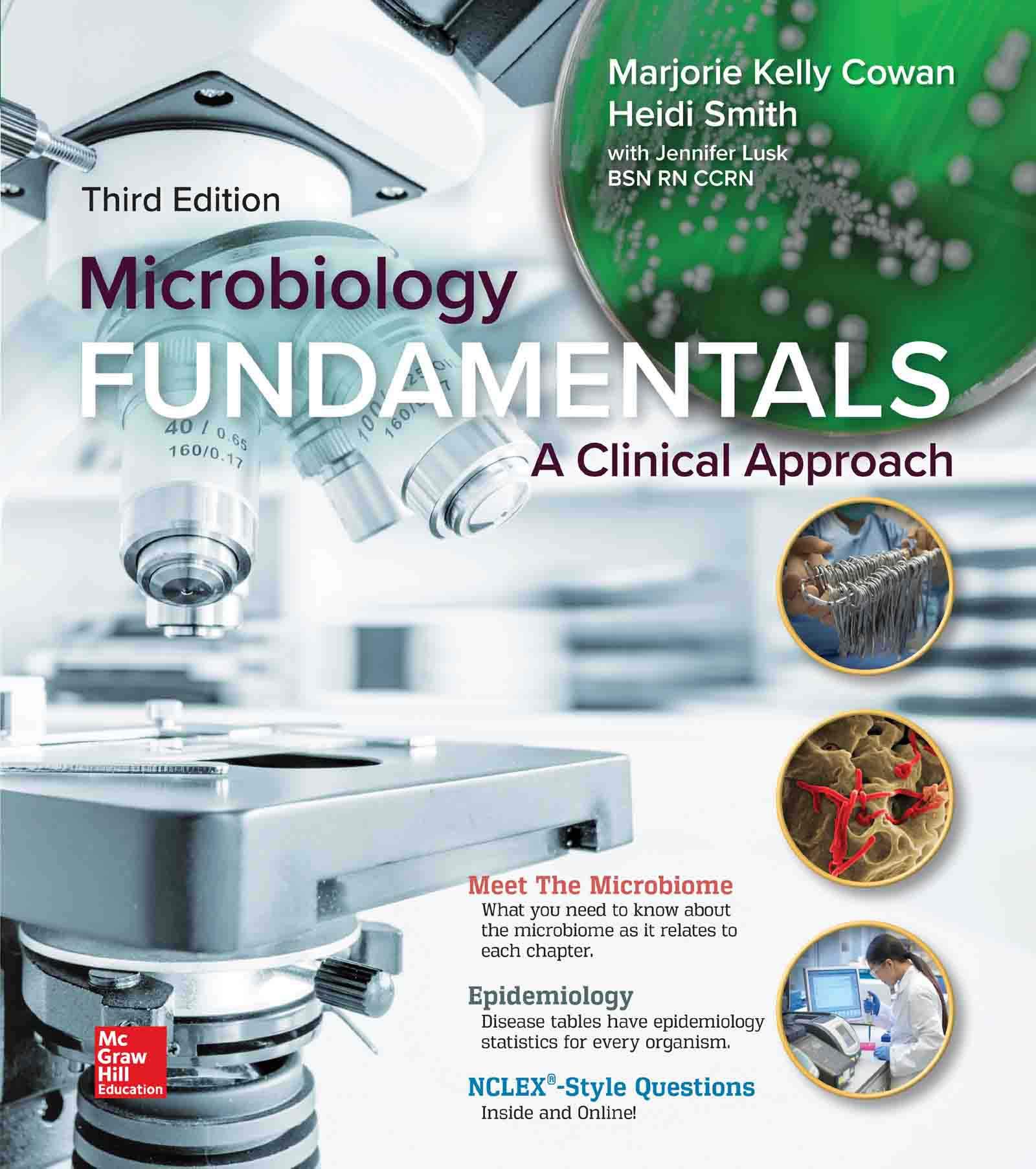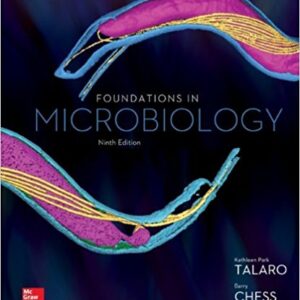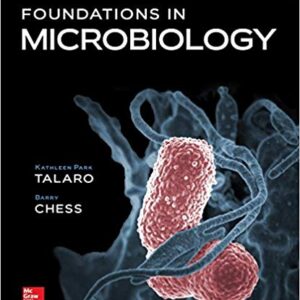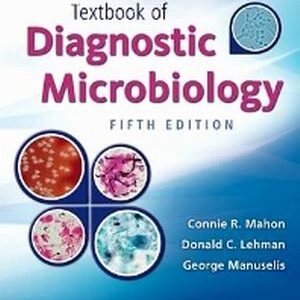Test bank For Microbiology Fundamentals A Clinical Approach 3rd Edition
Chapter 1 Introduction to Microbes and Their Building Blocks
1) When humans manipulate the genes of microorganisms, the process is called ________.
A) bioremediation
B) genetic engineering
C) epidemiology
D) immunology
E) taxonomy
2) Which of the following is not considered a microorganism?
A) Mosquito
B) Protozoan
C) Bacterium
D) Virus
E) Fungus
3) All microorganisms are best defined as organisms that ________.
A) cause human disease
B) lack a cell nucleus
C) are infectious particles
D) are too small to be seen with the unaided eye
E) can only be found growing in laboratories
4) Which activity is an example of biotechnology?
A) Bacteria in the soil secreting an antibiotic to kill competitors
B) A microbiologist using the microscope to study bacteria
C) Egyptians using moldy bread on wounds
D) Escherichia coli producing human insulin
E) Public health officials monitoring diseases in a community
5) Living things ordinarily too small to be seen with the unaided eye are termed ________.
A) bacteria
B) viruses
C) parasites
D) microorganisms
E) prokaryotes
6) The microorganisms that recycle nutrients by breaking down dead matter and wastes are called
________.
A) decomposers
B) prokaryotes
C) pathogens
D) eukaryotes
E) fermenters
7) Cells, like bacteria and archaea, that do not have a nucleus in their cells have traditionally been
called ________.
A) decomposers
B) prokaryotes
C) pathogens
D) eukaryotes
E) fermenters
8) The first cells appeared about ________ billion years ago.
A) 5.2
B) 4.6
C) 3.8
D) 2.9
E) 1.5
9) Which of the following is not a human use of microorganisms?
A) Making bread
B) Treating water and sewage
C) Manufacturing copper wire
D) Mass producing antibiotics
E) Cleaning up oil spills
10) Using microbes to detoxify a site contaminated with heavy metals is an example of ________.
A) biotechnology
B) bioremediation
C) decomposition
D) immunology
E) epidemiology
11) Disease-causing microorganisms are called ________.
A) decomposers
B) prokaryotes
C) pathogens
D) eukaryotes
E) fermenters
12) The most prevalent worldwide infectious diseases are ________.
A) AIDS-related diseases
B) diarrheal diseases
C) malaria diseases
D) measles
E) respiratory diseases
13) Which of the following is a unique characteristic of viruses that distinguishes them from the
other major groups of microorganisms?
A) Cause human disease
B) Lack a nucleus
C) Cannot be seen without a microscope
D) Contain genetic material
E) Lack cell structure
14) Helminths are ________.
A) bacteria
B) protozoa
C) molds
D) parasitic worms
E) infectious particles
15) Which group of microorganisms is composed only of hereditary material wrapped in a protein
covering?
A) Viruses
B) Bacteria
C) Parasites
D) Fungi
E) Helminths
16) Which statement correctly compares the sizes of different microorganisms?
A) Bacteria are larger than viruses
B) Bacteria are larger than eukaryotic microorganisms
C) Eukaryotic microorganisms are smaller than viruses
D) Archaea are larger than eukaryotic microorganisms but smaller than bacteria
17) The Dutch merchant who made and used quality magnifying lenses to see and record
microorganisms was ________.
A) Francesco Redi
B) Antonie van Leeuwenhoek
C) Louis Pasteur
D) Joseph Lister
E) Robert Koch
18) Koch’s postulates are criteria used to establish that
A) microbes are found on dust particles.
B) a specific microbe is the cause of a specific disease.
C) life forms can only arise from preexisting life forms.
D) a specific microbe should be classified in a specific kingdom.
E) microbes can be used to clean up toxic spills.
19) The surgeon who advocated using disinfectants on hands and in the air prior to surgery was
________.
A) Joseph Lister
B) Ignaz Semmelweis
C) Robert Koch
D) Louis Pasteur
E) Antonie van Leeuwenhoek
20) Sterility refers to
A) being pathogen free.
B) having an absence of spores.
C) having an absence of any life forms and viral particles.
D) being pasteurized.
E) being homogenized.
21) Which scientist showed that anthrax was caused by the bacterium, Bacillus anthracis?
A) Joseph Lister
B) Ignaz Semmelweis
C) Robert Koch
D) Louis Pasteur
E) Antonie van Leeuwenhoek
22) If you were a microbiologist in 1950, which of the following scientific principles would you
already know?
A) Aseptic techniques could reduce the number of wound infections in the surgical setting.
B) Biofilms can form on implanted objects in the human body and be responsible for infection.
C) Enzymes found in bacteria can be used to cut DNA.
D) Very little DNA is transcribed into RNA that is then translated into proteins.
23) Taxonomy does not involve ________.
A) nomenclature
B) classification
C) taxa
D) identification
E) common name
24) Which scientific field is involved in the identification, classification, and naming of
organisms?
A) Nomenclature
B) Taxonomy
C) Phylogeny
D) Woesean classification
E) None of the choices are correct.
25) The orderly arrangement of organisms into a hierarchy of taxa is called ________.
A) classification
B) identification
C) nomenclature
D) experimentation
E) biotechnology
26) Which of the following is a taxon that contains all the other taxa listed?
A) Species
B) Phylum
C) Kingdom
D) Genus
E) Family
27) The smallest and most significant taxon is ________.
A) genus
B) species
C) kingdom
D) family
E) phylum




